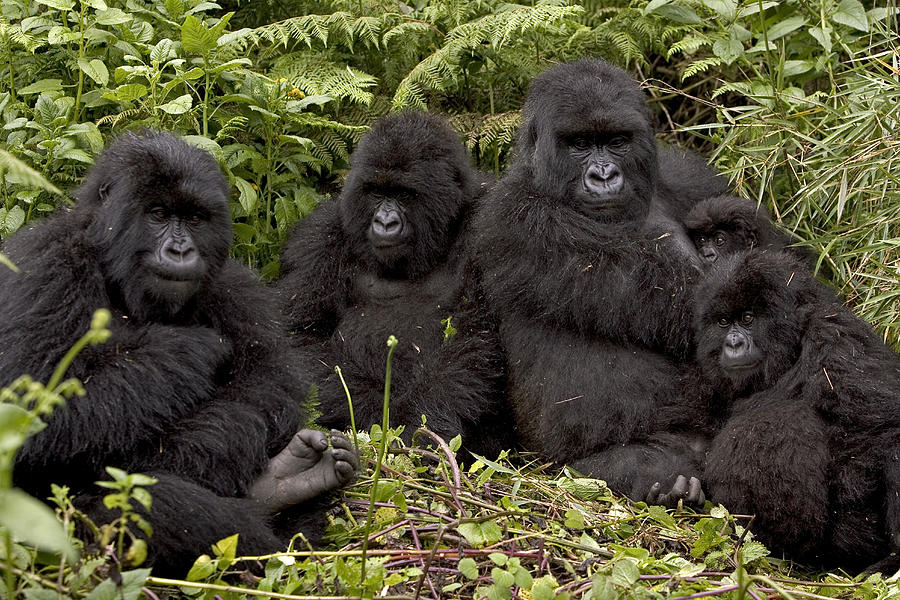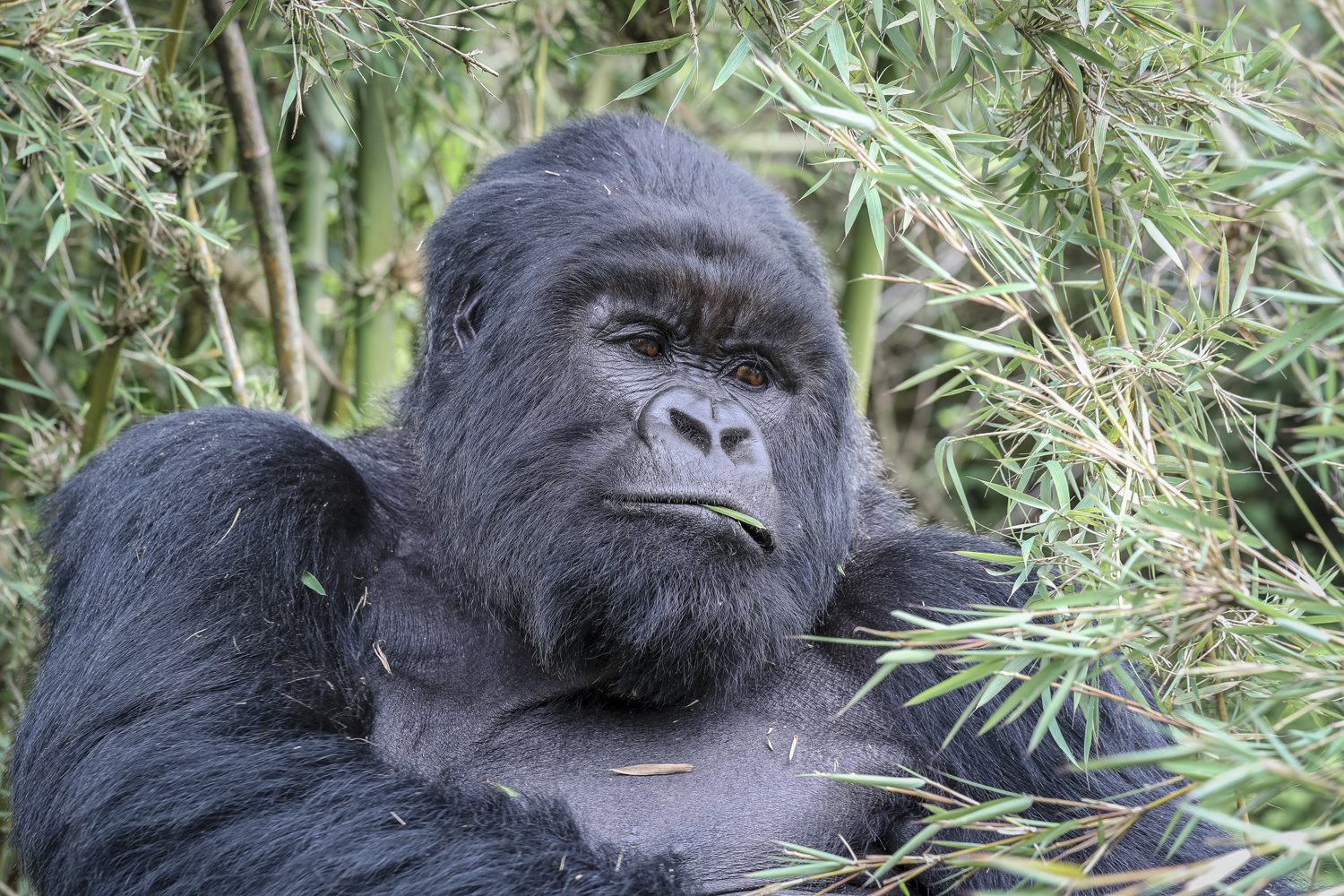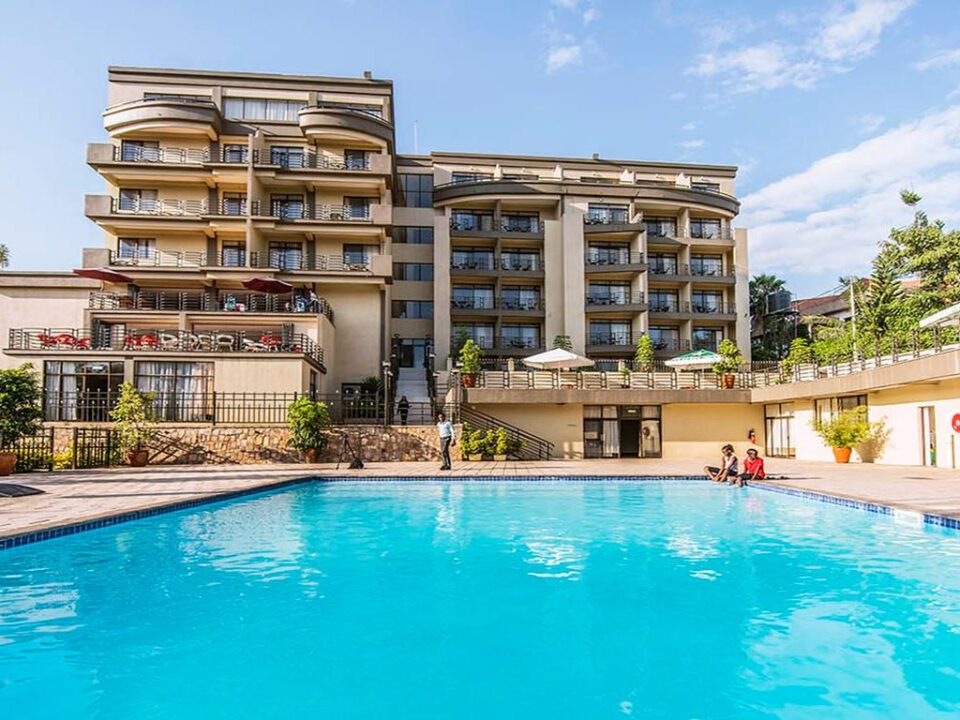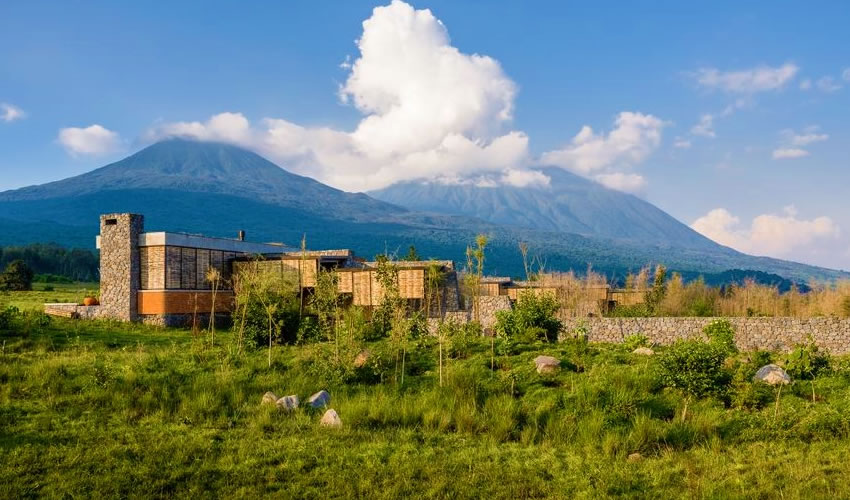- GET IN TOUCH WITH US:
- +256 753518160
- +256 777842166
- info@experiyatourcompany.com

How do I get a gorilla trekking permit in Rwanda?
November 13, 2025
When is the best time for gorilla trekking in Rwanda?
November 13, 2025How many gorilla families are in Volcanoes National Park?

How Many Gorilla Families Are in Volcanoes National Park?
Understanding Rwanda’s Legendary Home of Mountain Gorillas
Volcanoes National Park, located in the mist-covered highlands of northern Rwanda, remains one of the world’s most iconic destinations for mountain gorilla trekking. The park is part of the larger Virunga Conservation Area, an extraordinary transboundary ecosystem shared by Rwanda, Uganda, and the Democratic Republic of Congo. It is within these volcanic slopes, bamboo forests, and dense vegetation that some of the last remaining mountain gorillas on earth find sanctuary. For travelers planning a gorilla trekking experience, one of the most commonly asked questions is: How many gorilla families are in Volcanoes National Park? The answer provides not only clarity for planning but deeper insight into the success of conservation efforts and the delicate balance between tourism and wildlife protection.
Volcanoes National Park is home to around twelve habituated gorilla families that are open to tourism, alongside several others that remain reserved for research and conservation purposes. Each family is unique, defined by its dominant silverback, its group dynamics, and its shifting territory within the forest. Understanding these families adds depth to the trekking experience, allowing visitors to appreciate the complex social structures and remarkable personalities that shape gorilla society. This detailed blog provides an in-depth exploration of these families, their behavior, and how their existence contributes to Rwanda’s conservation success story.
Understanding What a Gorilla Family Is
A gorilla family, also called a troop, is a cohesive social unit led by a dominant silverback. This powerful male governs the group through strength, intelligence, and strong protective instincts. A typical gorilla family may include blackbacks, adult females, juveniles, and infants. The structure is built around trust and close bonds, with grooming, play, communication, and shared care for infants forming the foundation of daily life. Mountain gorillas are gentle, intelligent, and emotionally expressive primates whose family dynamics have intrigued scientists and travelers alike. This understanding helps visitors appreciate just how remarkable it is to observe them in their natural habitat.
How Gorilla Families Become Habituated
Not every gorilla family in Volcanoes National Park is available for trekking. Only those that have undergone a long and careful habituation process are visited by tourists. Habituation involves gradually introducing human presence to a gorilla family so that the gorillas become tolerant of trekkers without experiencing stress or changing their natural behavior. This process can take up to two or three years and is conducted by expert researchers and park rangers. Families that are not habituated remain undisturbed and are monitored only for conservation purposes. The habituation process ensures that tourism remains safe for both gorillas and humans and that every trekking encounter is respectful and non-intrusive.
The Number of Habituated Gorilla Families for Tourism
Volcanoes National Park currently has about twelve habituated gorilla families for tourism. These families are trekked daily, with each group visited by a maximum of eight tourists. This strict limit ensures a sustainable experience and minimizes disturbance to the gorillas’ natural routines. The families vary in size, behavior, and home range, providing diverse trekking opportunities ranging from shorter, more accessible hikes to longer, more challenging adventures. When tourists arrive at Kinigi for their morning briefing, they are assigned a gorilla family based on their fitness levels, trekking preferences, and current location of the groups. This is why understanding the families helps trekkers anticipate the type of encounter they might have.
The Research Families of Volcanoes National Park
Beyond the twelve habituated families that tourists visit, Volcanoes National Park also supports several other families that are strictly reserved for research. These families play a crucial role in scientific studies focused on gorilla ecology, genetics, health monitoring, and long-term behavior patterns. Researchers from institutions such as the Dian Fossey Gorilla Fund track these families daily to gather invaluable information that helps in policy-making and conservation strategies. These families are rarely visited by tourists, and their existence generates essential scientific knowledge that contributes greatly to global mountain gorilla preservation efforts.
Understanding Gorilla Family Dynamics
Although the number of habituated families is generally stable, the dynamics within and between the families are highly fluid. Gorilla families may split when a silverback challenges the leader, or when maturing blackbacks seek to establish their own group. New families may form as a result of natural migration patterns within the forest. Similarly, older families may decline if their silverback dies or loses dominance. These natural changes contribute to the ever-evolving structure of gorilla society in Volcanoes National Park. Rangers track these changes closely to ensure that tourists receive accurate information about the families they will visit.
Why Volcanoes National Park Has Such Healthy Gorilla Populations
The success of gorilla populations in Volcanoes National Park results from decades of dedicated conservation work. Rwanda is recognized as a global leader in wildlife protection, community participation, and responsible tourism. The park relies on a robust network of trained rangers, anti-poaching patrols, veterinary teams, and researchers. Local communities benefit directly from tourism revenues, fostering a strong sense of stewardship and collective responsibility. This model of conservation has transformed Rwanda into one of the best places in the world to trek mountain gorillas, and the number of healthy, habituated families is testament to the park’s achievements.
What This Means for Your Gorilla Trekking Experience
The presence of twelve habituated families means that trekkers have a wide range of experiences awaiting them. Some families live in the lower slopes, making them suitable for trekkers seeking shorter hikes. Others dwell deep within bamboo forests or higher elevations, offering more challenging trails for adventurous visitors. Each gorilla family expresses unique habits and personalities. Some may be playful, with infants climbing and rolling around their mothers. Others may be calm, resting while the silverback keeps an eye on the group. Observing a gorilla family for a full hour provides a glimpse into their world—an experience that often leaves visitors deeply moved and forever changed.
How Gorilla Families Influence Trekking Assignments
When travelers gather at the Kinigi headquarters early in the morning, the park rangers evaluate several factors before assigning gorilla families to groups. These factors include the physical demands of reaching a particular family, the trekking group’s fitness levels, and any special requests such as preference for easier or more strenuous hikes. Families that roam lower elevations are typically assigned to older trekkers or those preferring a moderate hike. Families at higher altitudes offer more demanding treks and are ideal for travelers seeking a challenge. Understanding the diversity of the families helps trekkers appreciate the thoughtful organization behind each assignment.
How Gorilla Family Tracking Enhances Conservation
Every morning, expert trackers venture into the forest ahead of the trekking groups to locate the gorilla families. Their knowledge of the terrain, vegetation, and gorilla behavior allows them to predict movement patterns accurately. Once a family is located, trackers communicate with the ranger teams to guide trekkers safely. This daily monitoring not only ensures efficient trekking but also contributes to conservation data collection. By observing feeding habits, travel routes, new births, and behavioral changes, trackers provide essential information that contributes to the long-term safety of the gorillas.
Why Gorilla Tourism Supports Gorilla Families
Gorilla tourism in Rwanda plays a vital role in protecting and expanding gorilla populations. A significant portion of the revenue generated from gorilla trekking permits directly supports conservation projects, veterinary interventions, and community development initiatives. By visiting Volcanoes National Park, travelers actively contribute to the health and survival of the gorilla families. The community revenue-sharing model ensures that neighboring villages benefit from tourism, reducing human-wildlife conflict and enhancing local participation. Every trekker, simply by purchasing a permit, plays a personal role in preserving one of the world’s most endangered species.
Final Thoughts on Gorilla Families in Volcanoes National Park
Volcanoes National Park continues to stand as one of the strongest strongholds for mountain gorillas. With twelve habituated families available for trekking and several reserved for research, the park maintains a stable and thriving population supported by some of the most successful conservation programs in Africa. The presence of these families allows travelers to enjoy profoundly intimate and respectful encounters with one of the most extraordinary species on the planet. Understanding the number of families, their dynamics, and the integral role tourism plays in their protection deepens the appreciation for the trekking experience.
Travelers who wish to experience Rwanda’s magical gorilla families through expertly organized and seamless tours are encouraged to book their journey with Experiya Tour Company, a trusted specialist dedicated to curating unforgettable wildlife adventures across Rwanda and East Africa.



